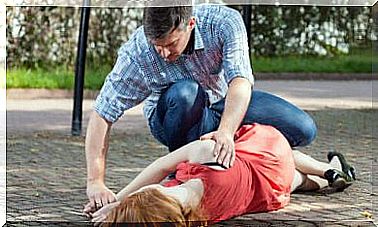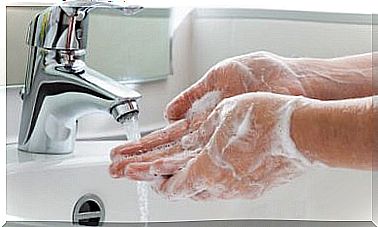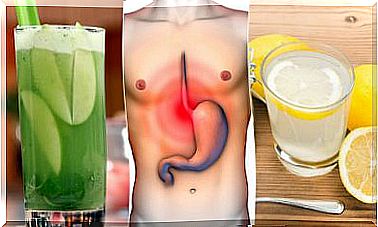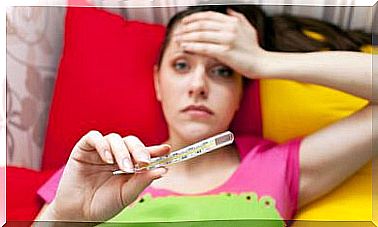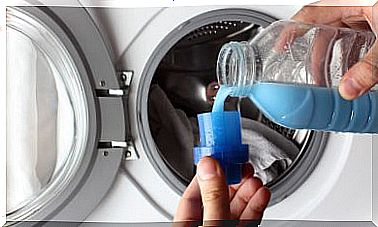What Is Sever’s Disease?
Sever’s disease, also called calcaneal epiphysis , is a disease that usually occurs in children and adolescents between 7 and 15 years old, and especially in those who practice physical activity or sports regularly.
This disease causes intense pain in the heel, which is the product of continuous traction on the growth plate of the heel. Let’s see more below.
Why are children more prone to it?
The growth plate of the heel or epiphyseal plate is a structure located at the end of the growing bone. This cartilaginous tissue is in charge of expanding, growing and finally becoming bone tissue, in this way bones grow.
The problem is that the epiphyseal plate is a very weak and fragile structure and is continually subjected to traction forces by the Achilles tendon, which is inserted precisely in the heel bone: the calcaneus.
When a child is growing, his bones in the heels are expanding and this growth must be coupled with the growth of the tendons that come out of these muscles.
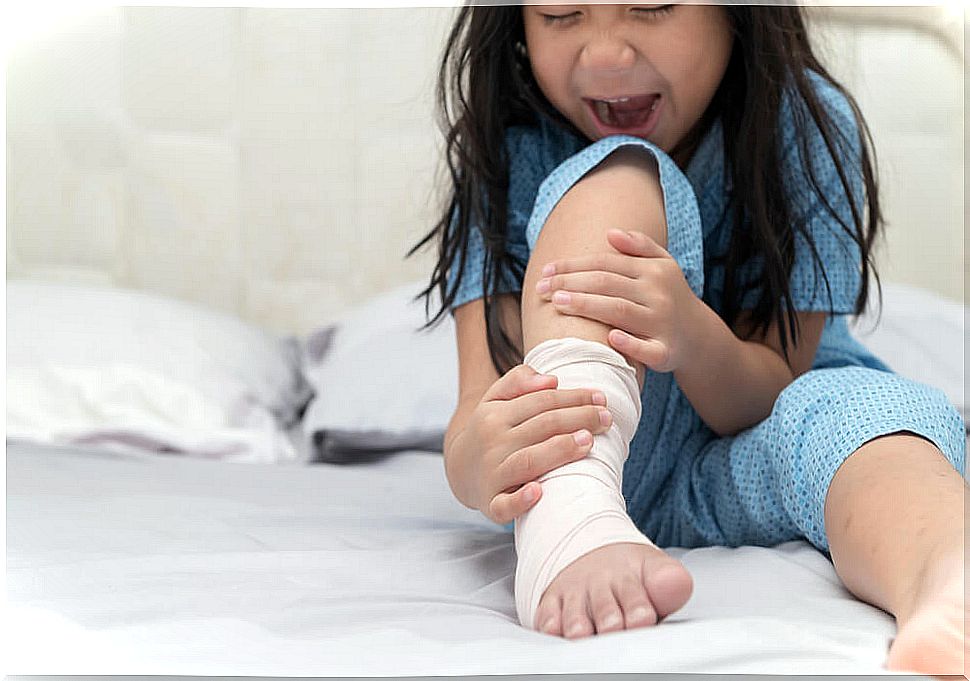
Sometimes bone growth is faster than the other structures around it, including tendons. This causes continuous microtraumas and tensions in a delicate structure, such as the cartilage of the growing bone, thus causing inflammation of the bone and the appearance of pain.
This disease appears in both boys and girls of growing age. In the pre-adolescent stages, during the process colloquially known as “giving the stretch”.
Are there patients over 15 years of age?
Sever’s disease does not usually occur in children over 15 years of age. Since, from this age, the growth plate has already expanded and hardened, the bones of the heel have fused and have given rise to mature bones.
In addition, the disease is especially common in athletic children. Children who play sports such as soccer or basketball and who continually apply force and tension to their heels are especially susceptible to the onset of the disease.
However, other causes of the development of Sever’s disease could be obesity, having flat or pronated feet (feet that turn inward when walking), or asymmetry in the length of the legs.
Symptoms of Sever’s disease
- Pain when palpating the area.
- Heel slightly swollen and hot.
- Pain in the end of one or both heels.
- Especially accentuated pain after playing sports.
Diagnosis

To diagnose the disease, doctors may ask about the amount of sport the child plays and the symptoms he has. In addition, they may do a more in-depth examination, feeling the heels to locate pain or walking the child on tiptoe to determine in which positions it hurts.
X-rays are not usually used for the diagnosis of Sever’s disease . Since with the study of the symptoms, the age and the habits of the child, the disease can be correctly diagnosed.
On the other hand, image analyzes do not usually provide much information in this case, since what would be observed in them is a whitish area corresponding to the growing cartilage. However, the doctor may order some of these tests if he suspects the presence of other types of abnormalities.
Discover: Non-steroidal anti-inflammatory drugs
Treatment of Server’s disease
Children with Sever’s disease need to reduce or stop all activities that cause them pain. In general, they can walk or do exercises that do not have to support their own weight.
In general terms, it is recommended to moderate physical activity, in order not to force the growing area so much. One option is to change the sports that the child practiced for others that put less strain on the heel, such as swimming or riding a bicycle.
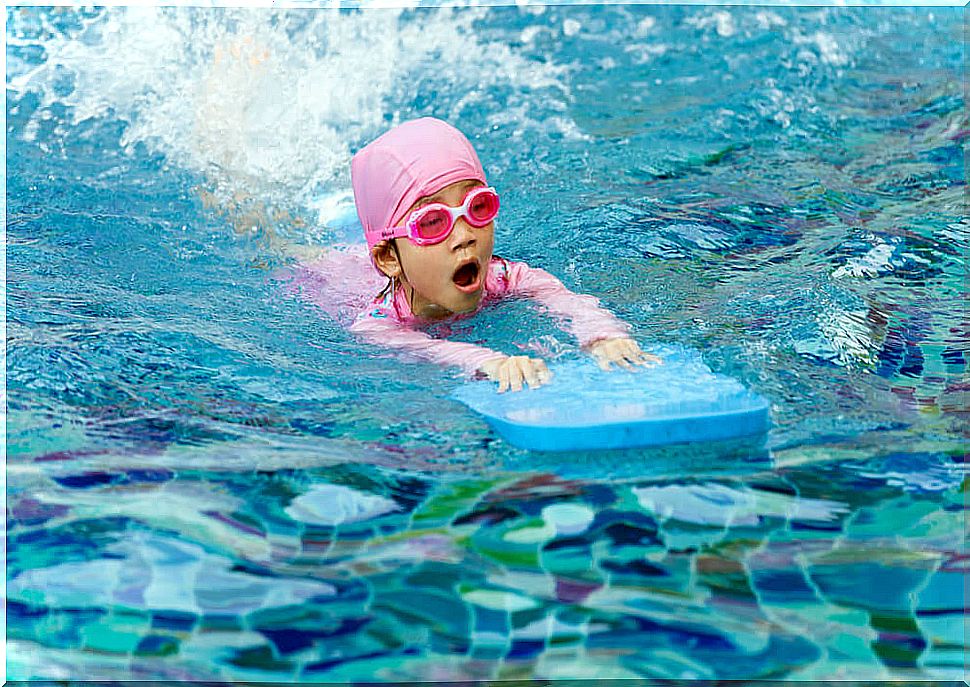
Other important recommendations are as follows:
- Wear suitable footwear. Especially a shoe that absorbs the forces exerted on the heel. Gel heel supports or insoles can also be used to reduce stress in that area.
- Keep your feet up and apply ice around your heel to reduce inflammation.
- Wearing an elastic bandage or compression stocking to help relieve pain and swelling.
- Practice stretching of the Achilles tendon, to promote its growth and relieve the tension it exerts on the calcaneus. Exercises to stretch and strengthen the muscles and tendons of the foot and leg will always help.
- Taking pain relievers, such as ibuprofen or acetaminophen.
Finally, we hope that this information has been useful to you. On the other hand, we recommend you take your child to the doctor if you suspect the presence of this disease.

